In recent years, adventurous paddlers and expeditioners have shown that you can go just about anywhere there’s water in a sea kayak. From Antarctica to the Grand Canyon and beyond, with the right training and preparation the world is your oyster. We present seven of the most important skills to master in order to stay safe, comfortable and on course while sea kayaking.
Most Important Skills for Sea Kayaking
1 Learn how to make a bilge pump
Having a way to empty your flooded cockpit is essential when you’re far from home. Some sea kayakers use foot-operated bilge pumps, while others use electric.
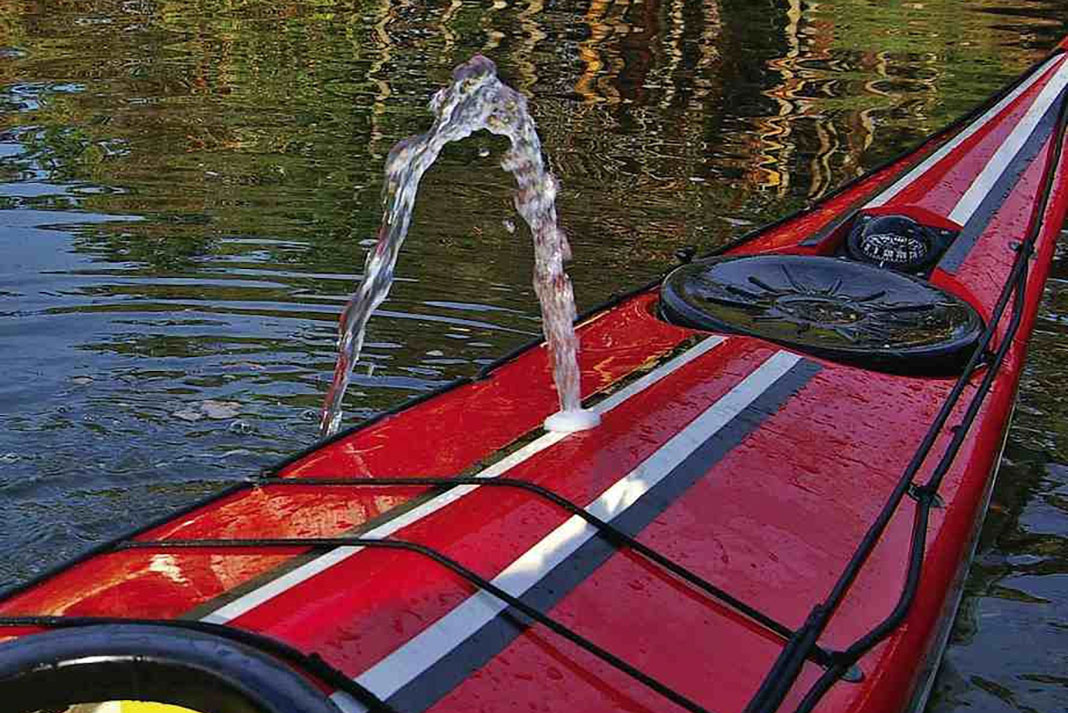
You can build your own battery-operated kayak bilge pump using about $100 worth of parts available at your local electronics or marine supply store. For more, follow our easy instructions to Build Your Own Battery-Operated Kayak Bilge Pump.
2 Stay visible on the water
Whatever the conditions, it is crucial to stay visible on the water. Sea kayaks are small compared to the various other crafts on the water, and for your safety and the safety of others.
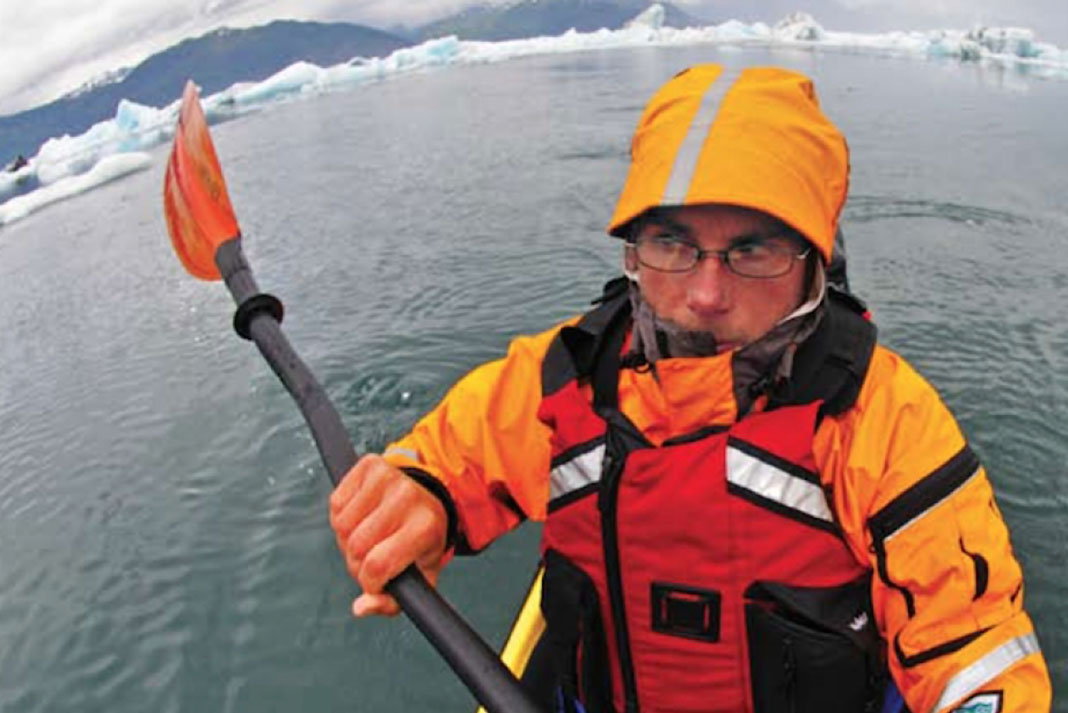
The high-visibility mindset is an essential skill, from picking the right clothing and paddle color to choosing the accessories that make you more visible—especially in foggy or hazy conditions. Read on to learn What You Should Wear To Be Seen On The Water.
3 Scout ocean surf in your kayak
If you choose to paddle in exposed coastal areas, you’ll have little choice but to launch or land your kayak in a surf zone. Breaking surf represents one of the greatest challenges to any paddler.

It’s vitally important to choose the right beach for prevailing conditions because surf is an incredibly dynamic and powerful environment that offers both amazing play possibilities and potentially devastating beat-downs. Watch and learn How To Scout Surf In Your Kayak.
4 Construct a tow line
A kayak tow line is a vital tool to have in your rescue kit. It can make rescues easier, less complicated and faster.
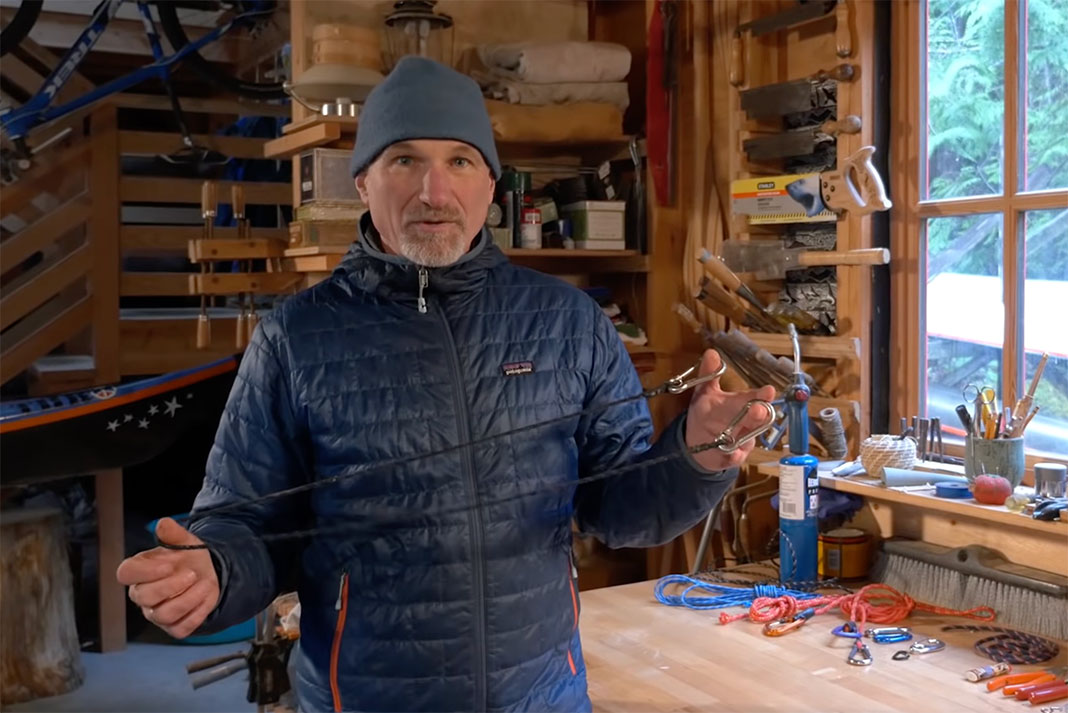
Leon Sommé of Body Boat Blade International shows you how to make your own in our video on How To Build A Sea Kayak Contact Tow Line.
5 Try the sea kayak scramble self-rescue
Knowing how to rescue yourself after a swim in the water is an important skill. This is especially true if you kayak alone or will be going on open-water trips or undertaking big crossings.
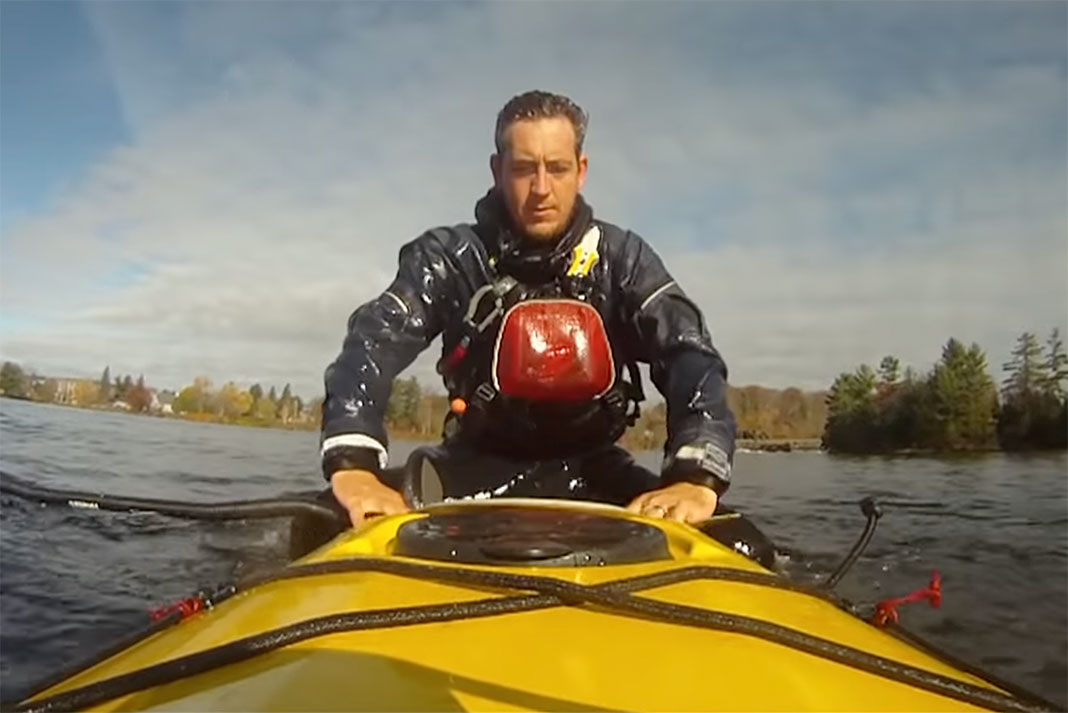
The pros at the Ontario Sea Kayak Centre demonstrate how to Master The Sea Kayak Scramble Self-Rescue.
6 Understand marine VHF radio use
If you are spending extended periods of time on the water in your sea kayak, you should know the fundamentals of communication by marine VHF radio.
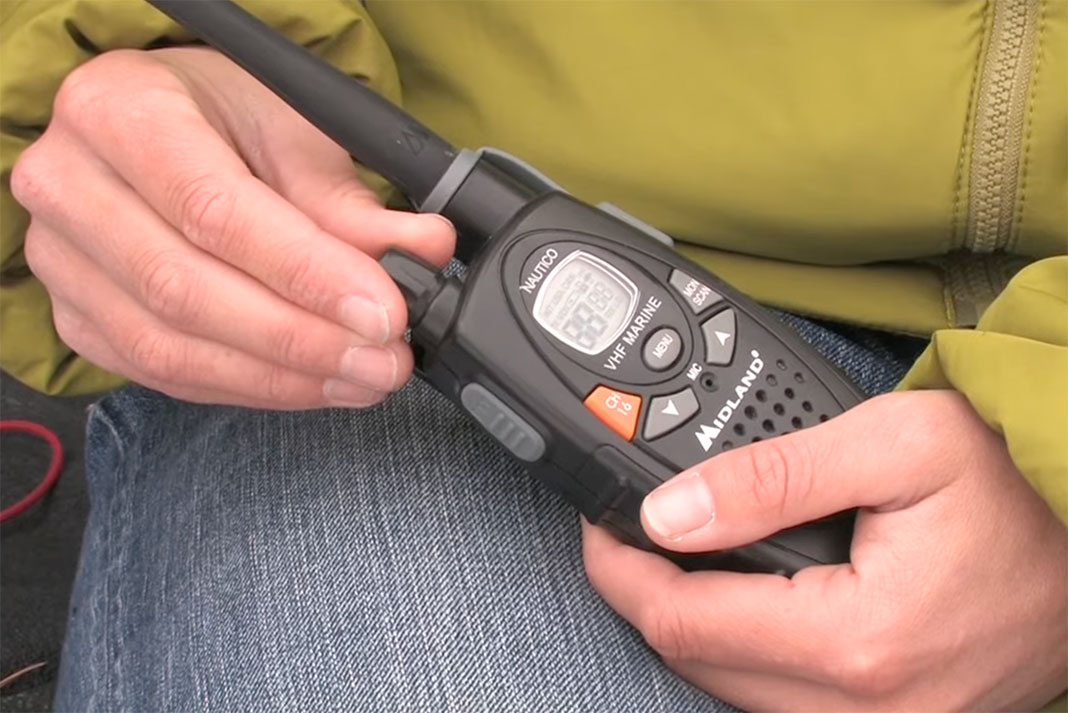
These radios are key for emergencies or to communicate with other watercraft, especially on large, open bodies of water. Brush up on your communication skills with our Marine VHF Radio Essentials.
7 Re-enter and roll your kayak
Ever taken an unplanned swim on your sea kayaking trips? If you’ve exited your kayak, the re-enter and roll is the fastest self rescue, increasing your confidence and safety on the water.
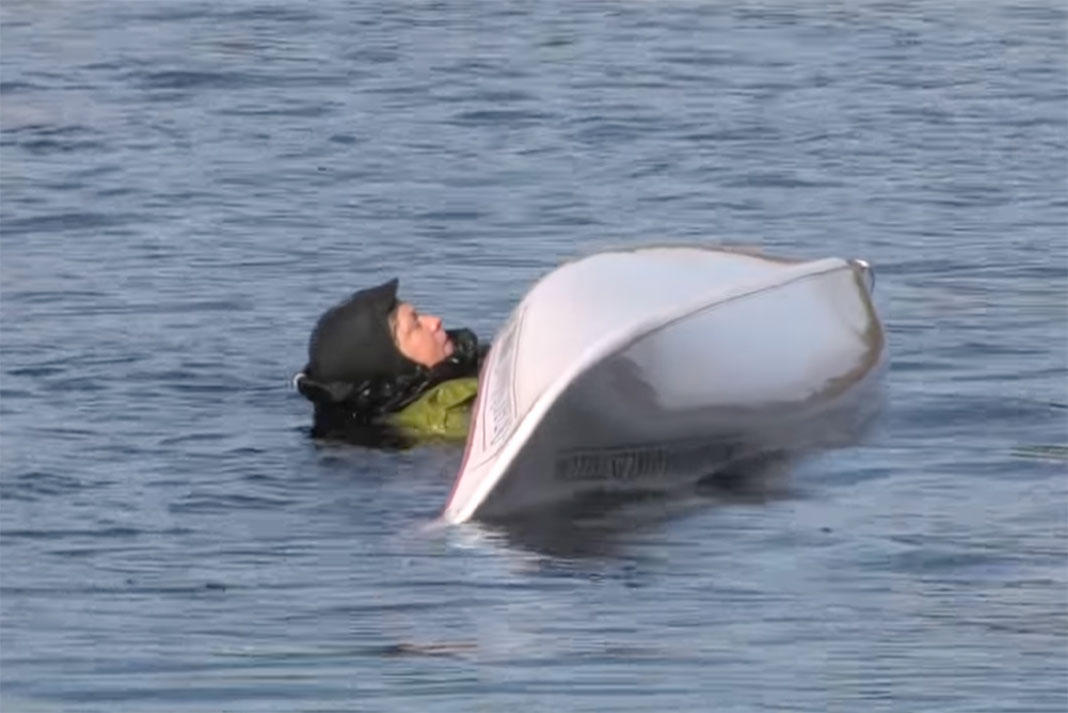
Learn how to rescue yourself with step-by-step tips from experts at the Ontario Sea Kayak Centre. It’s simple and straightforward with our video on How To Re-Enter And Roll Your Kayak.
The world is your oyster with these key skills for safe sea kayaking. | Feature photo: Watcherfox/Adobe Stock



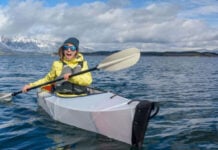
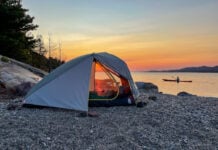

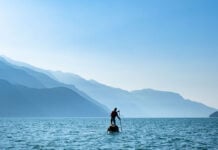
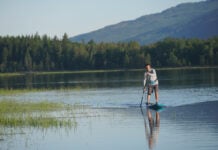

Rescue (self as well as assisted) skills and proper use of a marine radio absolutely belong on this list. The rest are helpful, more if you are into rougher conditions regularly, but not the most important.
I’d think being able to read water conditions, handling currents, and proper stroke techniques to prevent injury should rank higher.
So the Scramble Rescue shows a hand pump in action. What about how to make a hand pump, cost near nil. Pump-out time, possibly half a minute or less and no flat batteries problem.
https://canterburyseakayak.wordpress.com/pump-construction/
As for the Scramble Rescue, it takes less than half the time to do the Lunge. No balancing problems and far quicker. The way the paddler gets on to the aft deck in the Scramble is done cross the cockpit with a twist as they go so they are now sitting in the cockpit with their feet in the water. Feet in the water provides stability while pumping. Rotate and put feet in the cockpit and good to go.
As for Robert Nissenbaum’s comments, Yes.
I’m planning to go kayaking this weekend in County Donegal, Ireland and it’s years since I’ve done it so has been very helpful to get a quick heads up before I go out with my instructor. Thanks
From years of teaching novices to advanced beginners in various institutional settings, here’s my feedback on parts of this list. This is based on my observation over decades of paddling that the vast majority of recreational paddlers are, and remain, at the novice to advanced beginner level. A very small percentage of paddlers go beyond that, so if you are talking “most important skills” for *most* paddlers, most of this list is far too advanced. If you’re talking most important skills for the small percentage of intermediate to advanced paddlers, that should be explicit at the start of the list. Make a separate list for the vast majority of paddlers who are novice to advanced beginner. My suggestions:
1) “Stay visible on the water” is the one item on this list that applies universally. The rest are intermediate to advanced topics.
2) Partner rescues belong high on the list. Besides being quicker, safer, more likely to succeed overall, and in most cases draining the boat before re-entry, they implicitly encourage paddling with others who share essential skills.
3) Self-rescues, especially any not using a paddle float or other stabilizing device, should be discouraged, unless practiced frequently in realistic conditions. They are much harder than people who’ve never done them think they are.
4) Basic strokes and paddling technique belong high on the list. Ditto Robert’s comment. Further, advanced skills like scouting surf (not to mention navigating surf), or using a tow line, without knowing stroke and technique fundamentals, is a setup for less than optimal experiences (to put it tactfully :-). Even just getting caught in unexpectedly windy conditions on sheltered water can benefit hugely from knowing basic strokes and technique.
4) I would include clothing selection, since getting wet in the wrong clothing can accelerate hypothermia. Especially after failing for the third time to perform that self-rescue you never tried before but that looked so easy in the video.
Mainly I’m suggesting to be explicit about what audience you’re speaking to. A beginner who takes this list at face value is being pointed in the wrong directions.